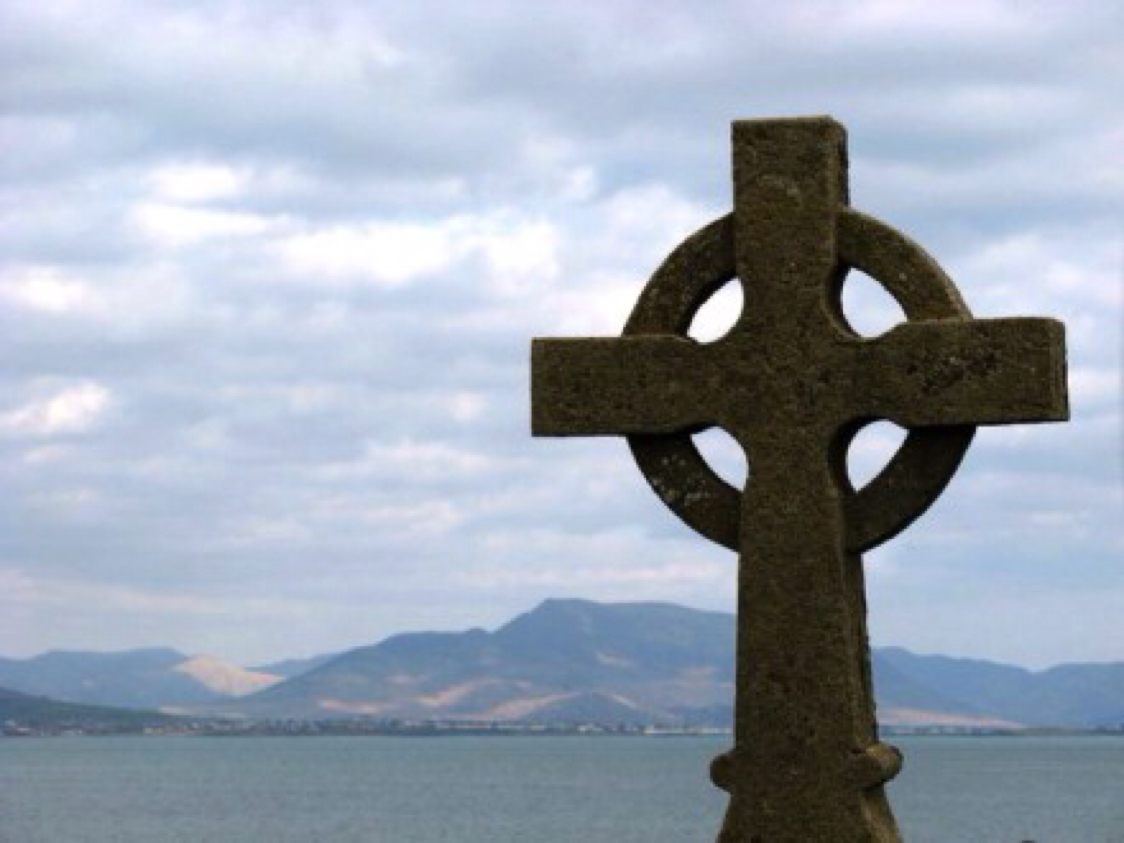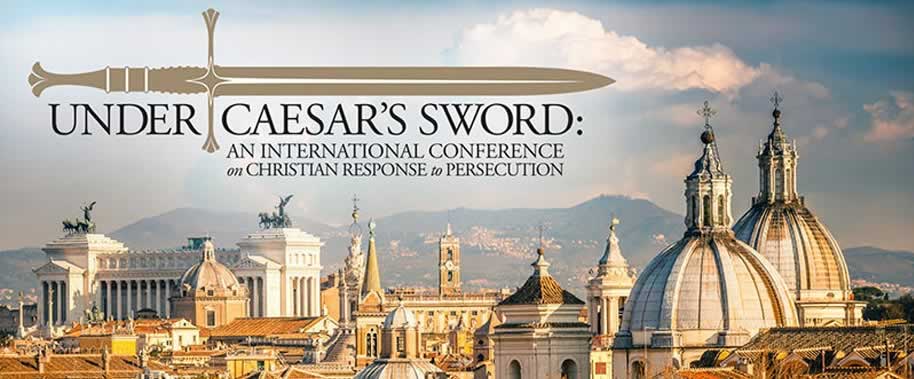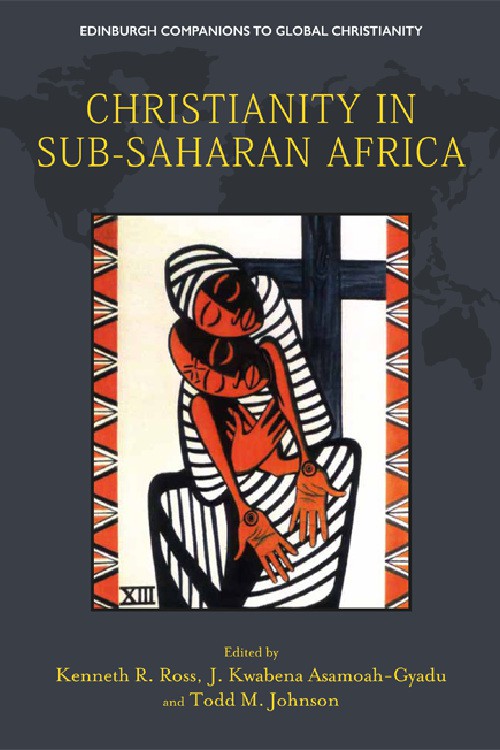
The journal Current Anthropology (April) features a symposium on fluid religious identities, with participants arguing that the religious “itinerant” is the rule rather than the exception today. Authors Yonathan N. Gez, Yvan Droz, Edio Soares, and Jeanne Ray even coin a term for the phenomenon of dynamic religious identity—“butinage” (which refers to the practice of foraging for flower pollen and nectar)—and draw on a range of recent anthropological and sociological research to make the case that using religion as a stable identity marker and even the idea of conversion doesn’t capture today’s religious reality. Research that finds adherents shifting between conflicting religious practices and beliefs is challenging the notion that when one converts to a faith, it is a one-way and final process, even with respect to exclusive faiths, such as Pentecostalism.
The authors agree that theology may hinder such mobility but maintain that religious “butineurs” can build bridges between similar traditions (such as Catholics and evangelicals) more often than disparate ones. They conclude that the practical outcomes of this pattern may mean that such individuals may facilitate the borrowing of religious practices between institutions or that the role of lay believers and their threat of leaving religious groups can help negotiate power vis-à-vis religious institutions. Respondents to the article discuss how the idea of butinage may apply to interchange between secular and religious groups, and that the idea of a free flow between religions downplays the constraints caused by competition and conflict between religious groups. For more information on this issue, visit: http://www.journals.uchicago.edu/toc/ca/current

Sociologist Gladys Ganiel draws on her work arguing that “extra-institutional” religion—ranging from Presbyterian peace-making efforts to Catholic charismatic prayer ministries—hold the seeds for wider social transformation. Others discuss restructuring efforts in the church and how the Pope Francis model can renew Irish Catholicism. D. Vincent Twomey provides a critical conclusion, updating his 2002 book, The End of Irish Catholicism. He writes that even apart from the sexual abuse crisis, Irish Catholicism lacked an intellectual-theological center, a lack that has only intensified in recent years with the closing of seminaries and theological institutes. The failure of religious education programs has left young people “exposed to an RE program on world religions devised by the state, which is a recipe for indifference to all religions.” The pastoral planning proposals put forward to renew the church have been long on pragmatism and populism but short on capturing the theological imagination of the younger generations, as well as in providing liturgical renewal, he adds. For more information on this issue, visit: http://www.studiesirishreview.ie/

From a comparative analysis, the contributors look at various strategies in responding to persecution, including survival strategies, association strategies, and confrontation strategies. Survival strategies, in which Christians attempt to preserve their communities as well as basic institutions and practices, are the most common—and require a lot of courage, for instance, in environments of Islamist repression. Association strategies are where Christians attempt to build relationships and cooperation with those outside their communities (in their country or abroad) in order better to resist repression. This approach, however, requires a semi-open environment, and is difficult to develop in a highly repressive environment. Communities may engage in all three strategies. This strategy has been the case with some unregistered house churches in China. According to Fenggang Yang (Purdue University), who has conducted fieldwork in various areas of China during more than a decade, with the rising number of Christians in China and their growing strength, one may expect increasing instances of resistance in the coming years, despite a recent turn to intensified persecution.
Case studies show that not everybody in a community always agrees on a privileged strategy. For instance, in Egypt, writes Mariz Tadros (University of Sussex) in her article on Christians in the aftermath of Arab revolts, despite an entente between Coptic Pope Tawadrous and Egyptian President Al Sisi, Copts have continued to engage in resistance against the infringements of their rights and open criticism of the regime, putting into question the government’s narrative about its management of the issues. The way a church’s leadership copes with issues is not always representative of all segments of the community. A community faced with persecution may choose ways of cooperation and accommodation (insofar they are feasible), but it may also resist openly or embrace avoidance (i.e. withdraw into clandestine existence), as happened with some Christian groups in China.(Review of Faith & International Affairs, P.O. Box 12205, Arlington, VA2219-2205; Material related to the project Under Caesar’s Sword (including a 26-minute documentary movie) can be found on its website: http://ucs.nd.edu/)

